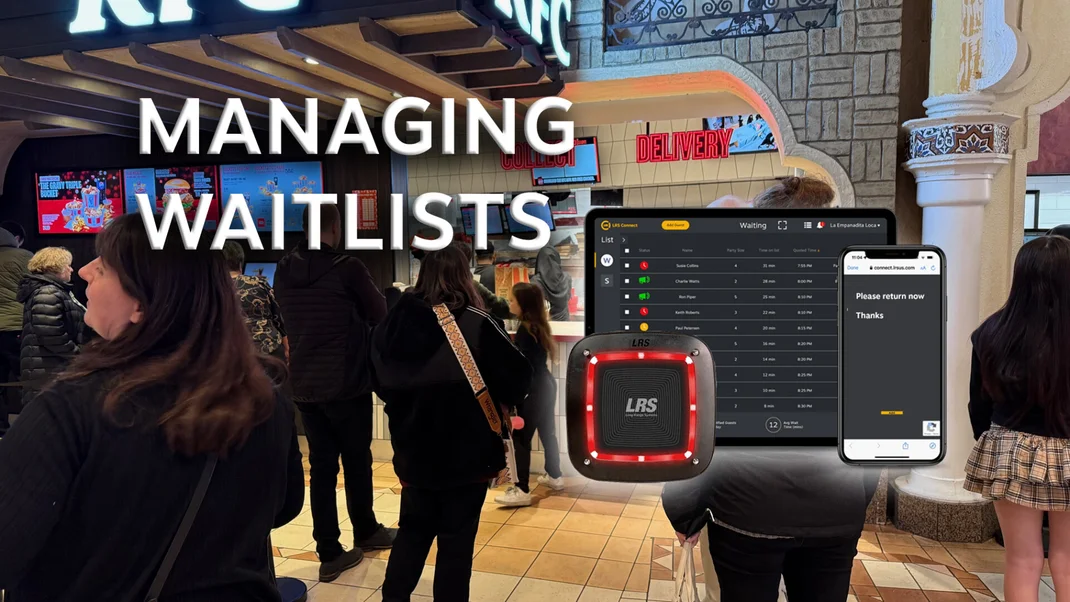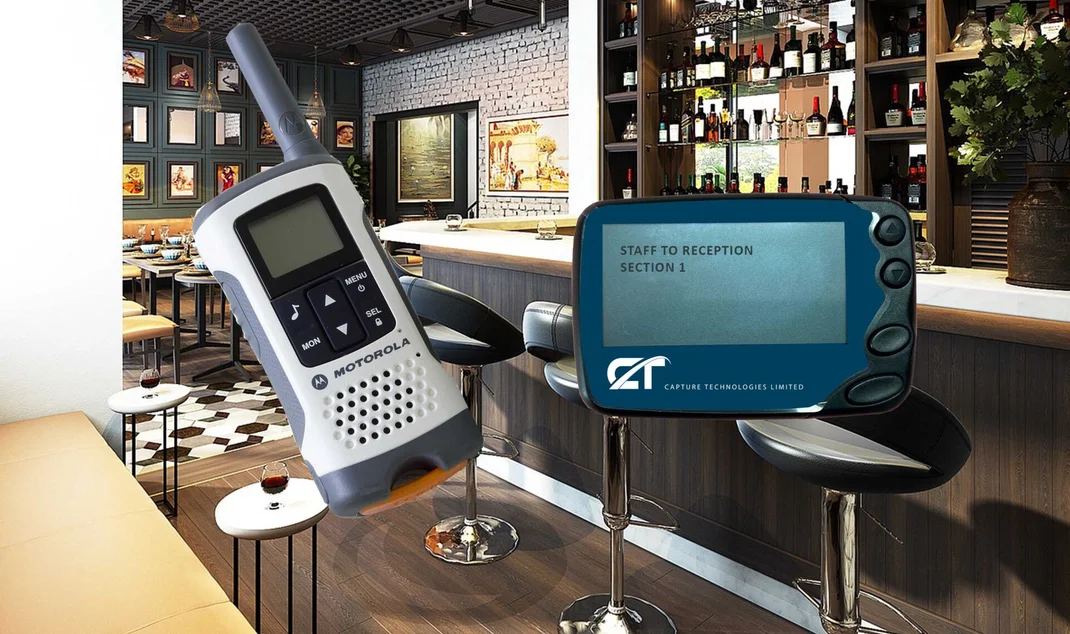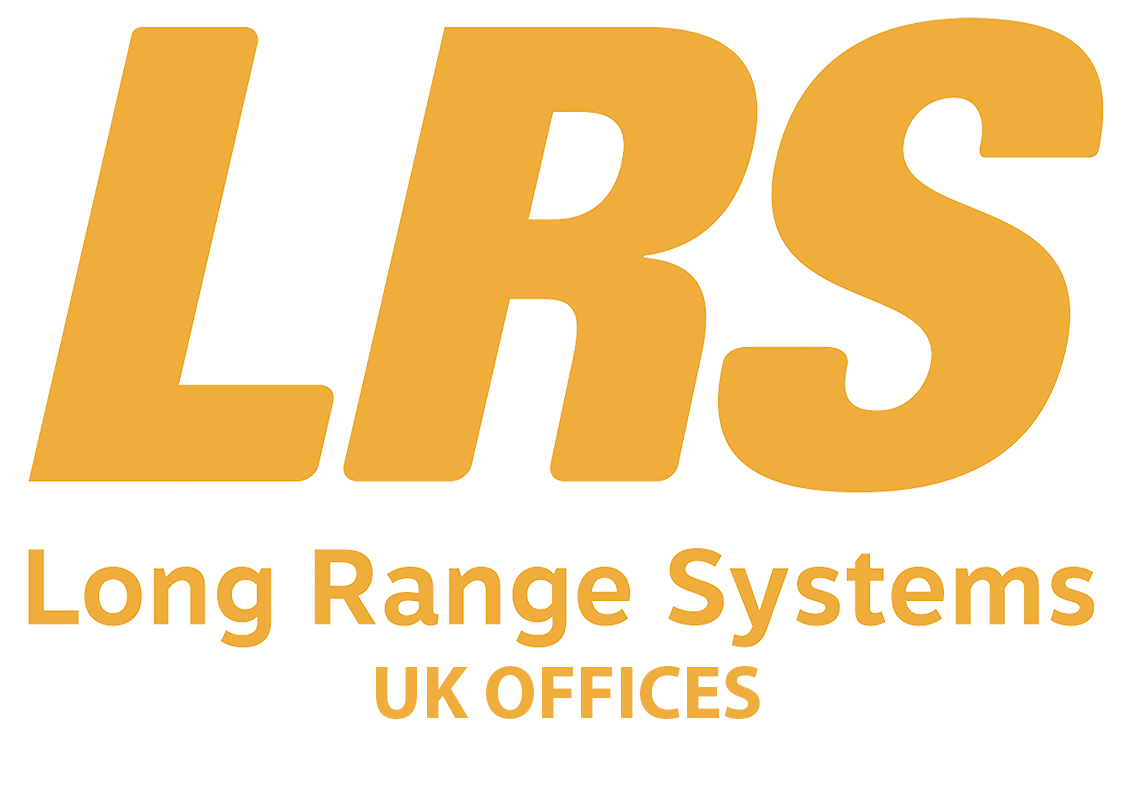Do Paging Systems Really Pay for Themselves?
Investing in restaurant equipment based solely on a sales pitch is one thing, but ensuring that investment delivers a genuine return is quite another. It is easy to take sales representatives at their word regarding return on investment (ROI), but it is worth remembering that their job is to make sales.
The Importance of Efficient Customer Handling
In a busy restaurant, ensuring that customers are handled as effectively and efficiently as possible is crucial—any inefficiencies will cost money. Customers today expect excellent service, and if they do not receive it, they are unlikely to return. Long waiting times create the impression that a restaurant is failing to meet expectations, which can deter potential repeat customers.
If your restaurant struggles with long wait times and frequent walkaways, a customer paging system may be an easy solution. Given the declining costs of these systems, they offer excellent value. However, the key question is: will they provide a good ROI, or will they simply be an additional expense that cannot be recouped?
Tried and Tested Technology
Modern customer paging systems are significantly more advanced than their outdated predecessors. With improved reliability due to reduced component complexity, these systems offer lower initial and operational costs for restaurants.
Typically, these systems work by providing customers with a pager, which alerts them when their table or order is ready. This method is now widely recognised, and most restaurant staff are familiar with its operation.
While waiting, customers can remain in the bar or be seated elsewhere, ensuring that visible queues are minimised. This approach significantly reduces or even eliminates walkaways, enhancing customer retention.
Newer two-way paging systems also address long-standing issues found in older designs. Traditional pagers operate as simple receivers, meaning if a customer is out of range, they do not receive the recall message—and crucially, staff are unaware of the failed notification. The latest technology now allows pagers to confirm receipt of messages, preventing such issues and improving efficiency.
Leading brands, such as LRS, have taken customer paging to the next level with innovative features like coloured messaging, akin to a traffic light system: red (wait), amber (get ready), and green (return now). This is particularly beneficial for fast-casual restaurants and hospitality venues, but is also well-suited to various other industries.
How ROI is Achieved
Operationally, paging solutions save time, and as the saying goes, time is money. Here’s how:
-
If a customer returns to their table in 3.5 minutes instead of 5 minutes, throughput on busy days increases by approximately 30%.
-
Fast-casual restaurants typically serve around 100 customers per hour during peak times, with an average spend of £8 per customer.
-
If, during quieter hours, they serve 60 customers per hour, this can still amount to significant daily revenue increases.
-
Over time, the cumulative impact on annual revenue and profit is substantial.
-
Even with conservative profit estimates, ROI can be achieved within a few months.
Additional Benefits Beyond ROI
Beyond revenue increases, customer recall systems provide additional advantages:
-
Higher table turnover rates
-
Increased staff efficiency
-
Improved bottom-line performance
-
Reduced walkaways
-
Enhanced customer experience
-
More streamlined restaurant operations
Taking it a Step Further
A natural next step is integrating customer paging systems with waitlist management and staff paging solutions. This holistic approach offers even greater efficiency gains, without requiring further ROI justification. The core waitlist management software is often free, meaning the only cost is for the necessary hardware. The result? An even faster ROI than standalone paging systems.
This approach benefits both the customer and the restaurant—enhancing service speed, optimising staff allocation, and reducing inefficiencies. In some cases, staff can be reassigned to other roles within the restaurant, effectively recovering lost labour time previously spent on inefficient tasks.
Conclusion
When investing in any equipment for a restaurant—or any business—having a clear understanding of how ROI will be achieved is critical. While specifics may vary between establishments, the case for customer paging solutions is compelling. Not only do they offer a fast return on investment, but they also contribute to long-term profitability and operational efficiency.
Restaurants should carefully assess their needs and consider the substantial benefits of modern on-site communication systems in ensuring customer satisfaction and business success.
Visit the Long Range Systems UK Ltd website for more information on Do Paging Systems Really Pay for Themselves?






